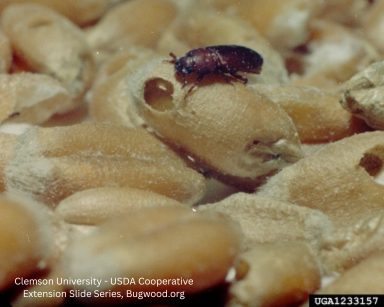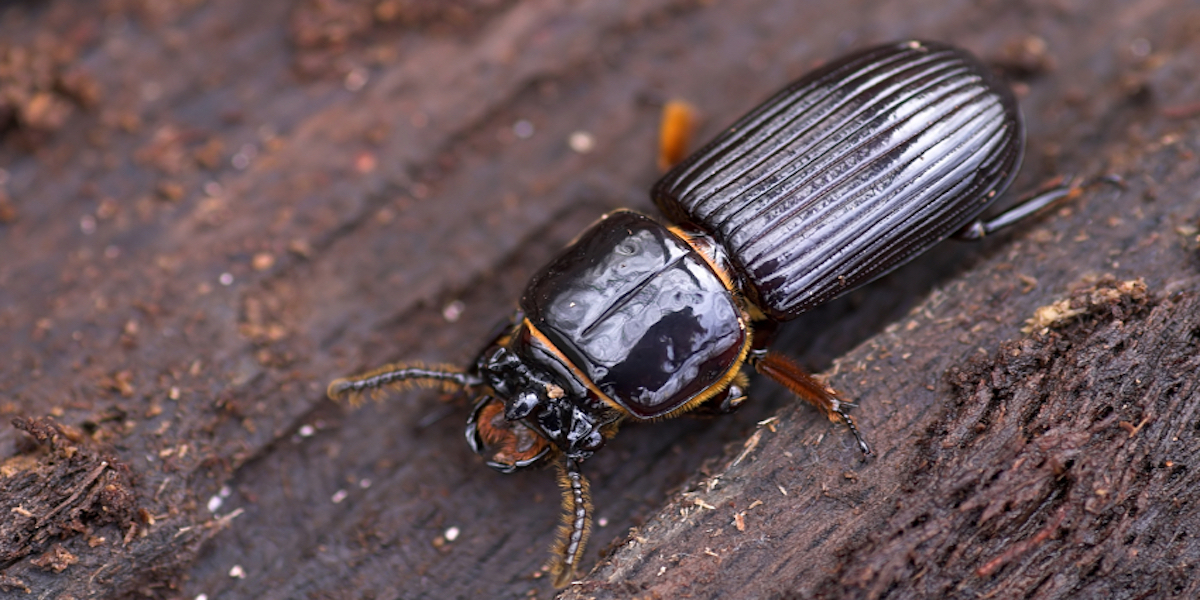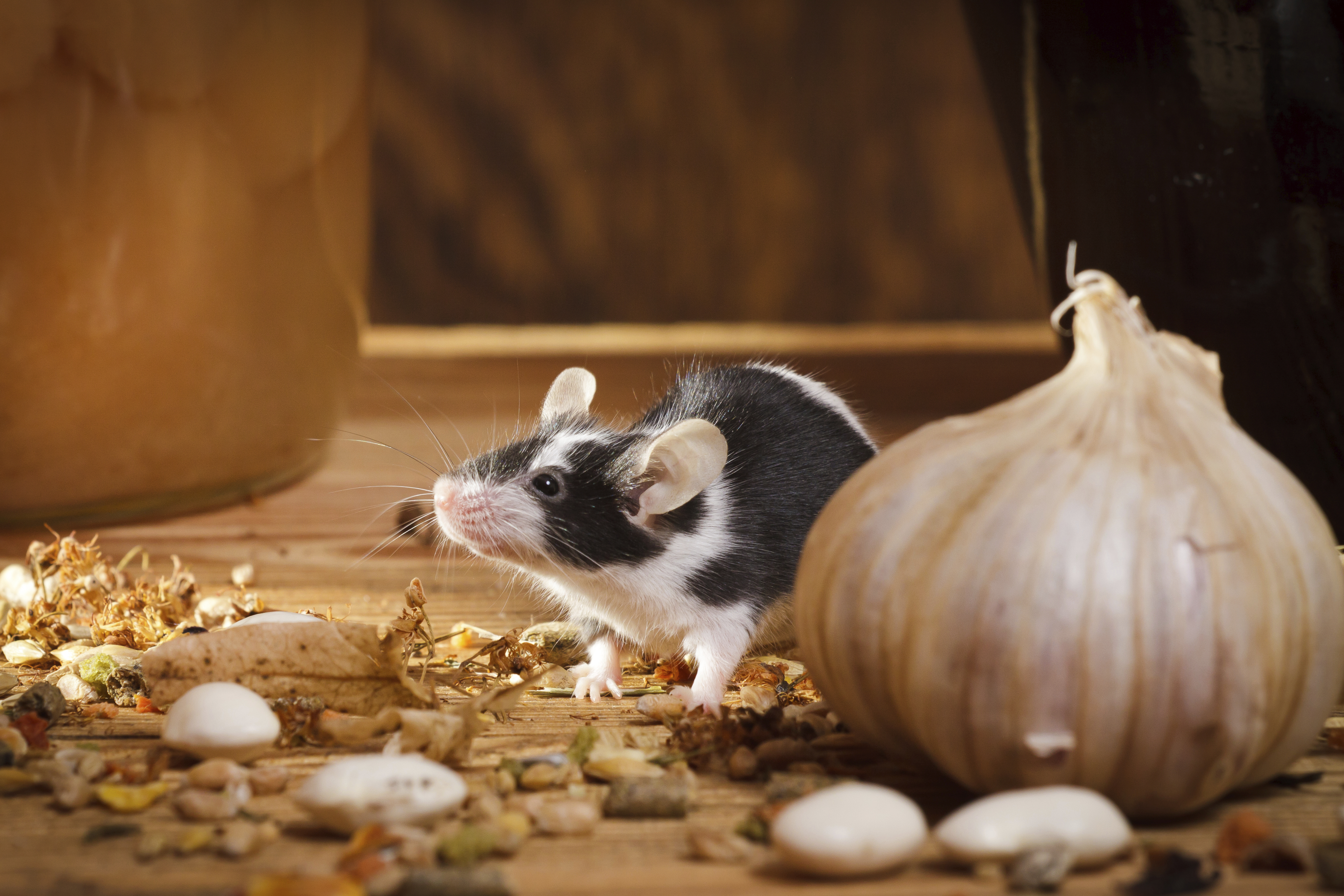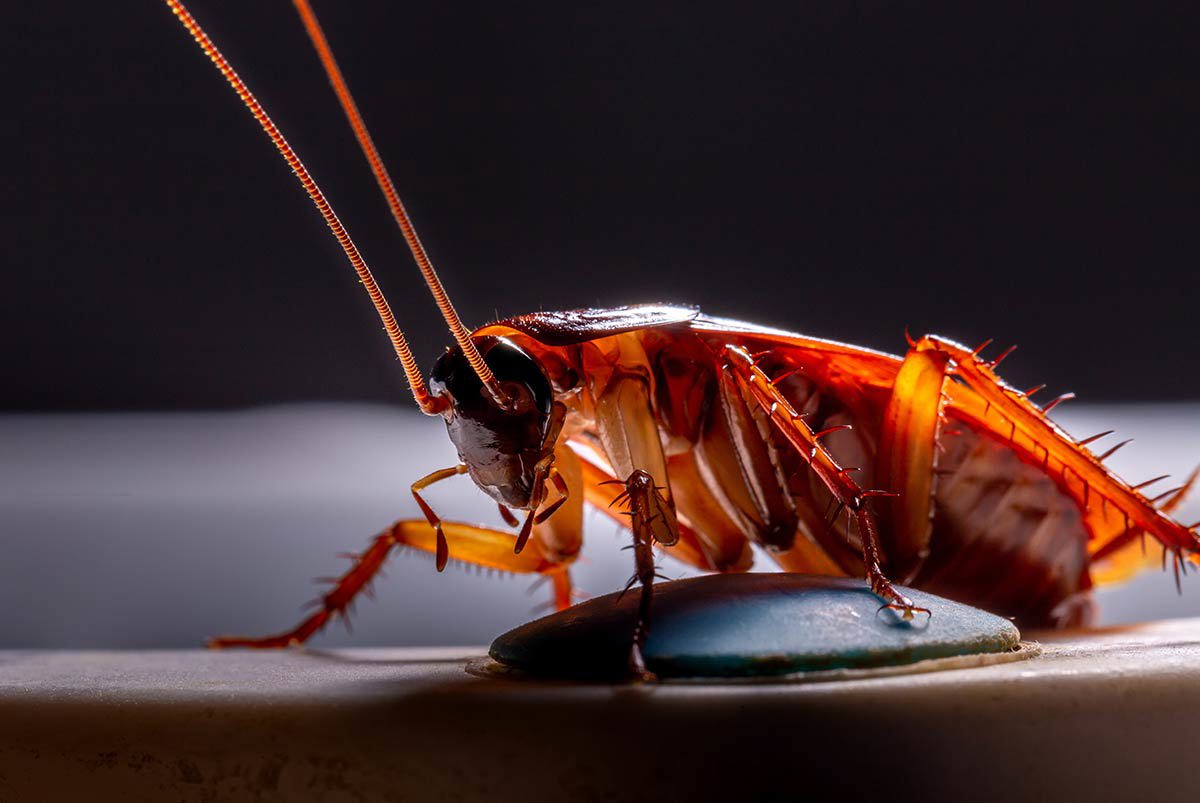Confused Flour Beetle Tribolium confusum

Color: Reddish-brown
Size: 1/8 inch
Legs: 6
Antennae: Yes
Shape: An elongated oval-shaped and flattened body
Region: Northern regions of the United States
What Is a Confused Flour Beetle?
The confused flour beetle (Tribolium confusum) is a tiny reddish-brown insect that often sneaks into pantry staples like flour, cereal, dried pet food, and nuts. Despite its name, this beetle isn’t actually confused—it was named the confused flour beetle because it looks so similar to its close relative, the red flour beetle (Tribolium castaneum).
Growing to about 1/8 inch or about 3.5 mm long, it has a flattened body and gradually club-shaped antennae that help distinguish it. While it does not bite, sting, or spread disease, it can contaminate food with shed skins and waste, leading to spoilage and bad odors.
Found in cooler climates, these beetles can live up to three years, making them a persistent nuisance in homes, grocery stores, and grain storage areas. Keeping pantries clean and storing food in airtight containers can help prevent infestations.
The confused flour beetle is a tiny, reddish-brown pest that grows to about 1/8 inch long—roughly the size of a grain of rice. Its flattened, oval-shaped body helps it squeeze into cracks, crevices, and even tiny openings in food packaging.
While confused flour beetles are small, they can quickly take over a pantry if the find an easy food source, making them a big problem. Proper food storage and cleanliness are key to keeping them out.
One difference between the confused flour beetle and the red flour beetle is the antennae. Confused flour beetle antennae gradually get thicker toward the tip. The red flour beetle’s antennae end more abruptly into a three-segmented club. Another distinguishing feature is the thorax. The confused flour beetle has thorax sides that are straighter, whereas the red flour beetle’s thorax is more curved.
To prevent confused flour beetles from invading your pantry, invest time focusing on food storage and cleanliness.
- Keep all grains, flour, cereal, pasta, and pet food in airtight containers to block beetles from getting inside. There are many varieties and aesthetic options for food storage containers on the market so have some fun!
- Regularly check your pantry for expired food or open packages and throw away anything that looks infested or could be leaking.
-
Wipe down shelves, vacuum up crumbs, and clean cracks and crevices where food may have spilled.
-
Since these beetles can hitch a ride home from the grocery store, inspect food packaging for small holes or spilled contents before buying.
-
For extra protection, you can store flour and grains in the freezer for four or more days to kill any hidden pests. Taking these steps will help keep your pantry pest-free.
If a confused flour beetle infestation goes unchecked, these pests can quickly multiply and spread throughout your pantry, contaminating food with their shed skins, waste, and secretions. Over time, this can lead to spoiled products, unpleasant odors, and even mold growth, making food unsafe to eat. Since these beetles reproduce rapidly and can live for up to three years, a small problem can quickly become a big one.
If you’re dealing with a persistent infestation despite cleaning and proper food storage, it may be time to call a pest control professional. Experts can identify the source of the infestation and provide targeted treatments to eliminate the problem, helping to protect your home and food supply.




